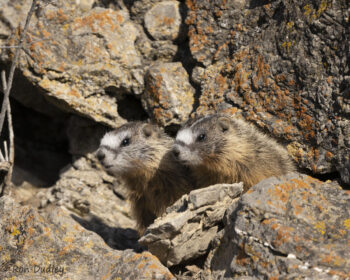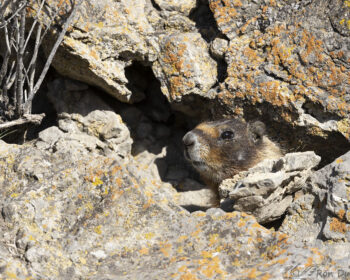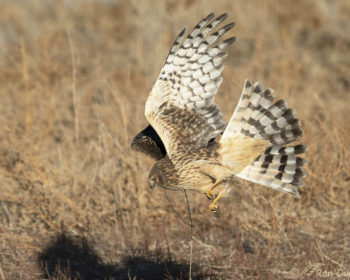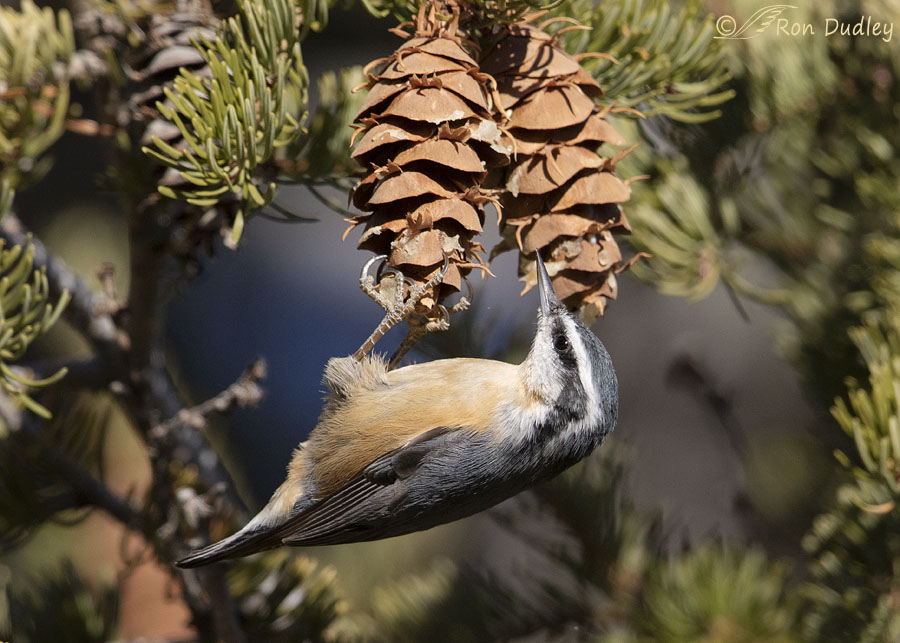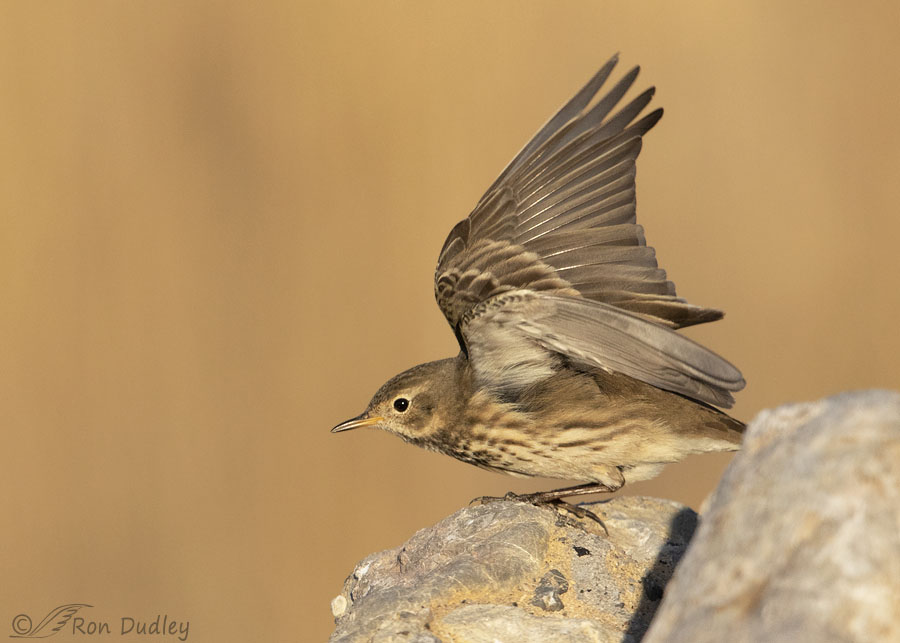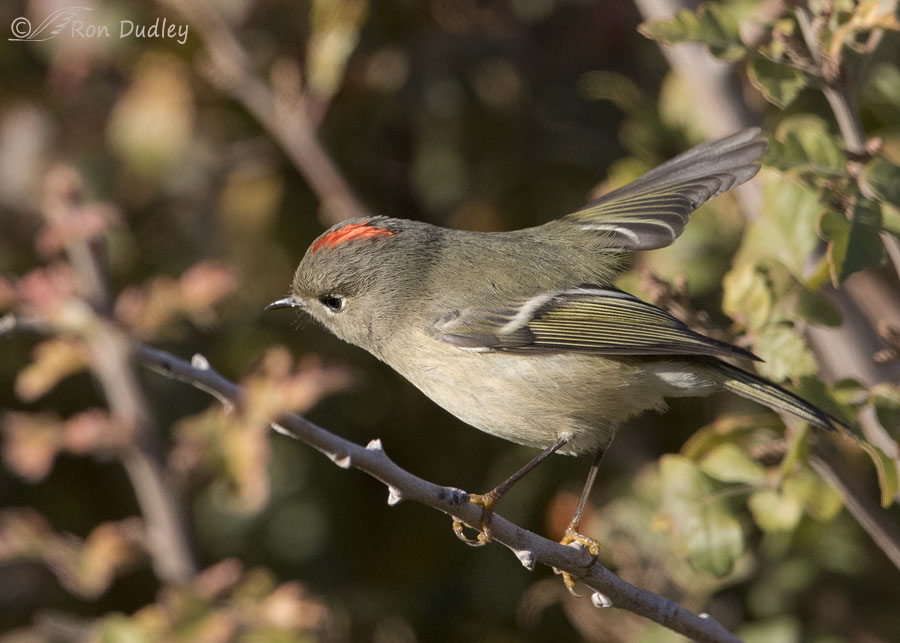Tag: cryptic coloration
Yellow-bellied Marmot Pup Peeking Out From A Rocky Crevice
Northern Harrier Flight Maneuver – The Rest Of The Story
Topsy-turvy Red-breasted Nuthatch
Pipits Galore
Foot Color Variations In Ruby-crowned Kinglets
Long-billed Curlew And Fledgling
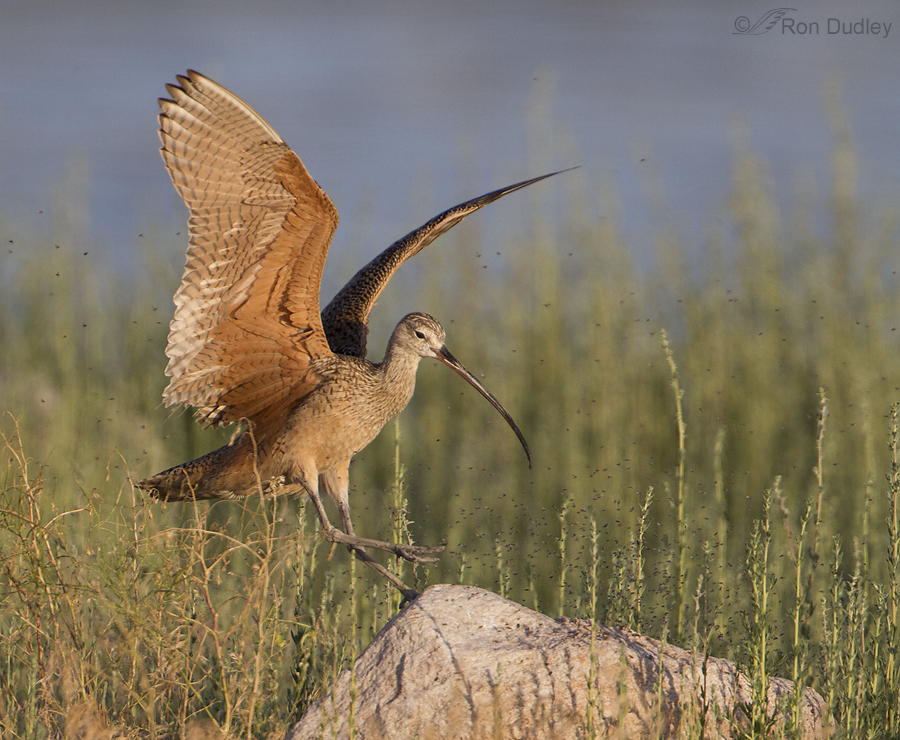
Long-billed Curlews spend most of the late spring and early summer at mid-elevations on Antelope Island while nesting and raising their chicks but by this time of year they begin to bring the youngsters down to the shoreline. That’s where I photographed this lone adult with a single youngster yesterday morning.
American Bittern In Habitat
The American Bittern may be the most elusive avian subject I’ve ever photographed. They’re solitary, cryptically colored and their preferred habitat is wetlands with tall, emergent vegetation. And they’re extremely secretive by nature. So much so that very little is known about their biology, which is too bad because perhaps if we understood them better we could more effectively manage their seriously declining populations.
Common Nighthawk Of (on) A Different Stripe
This was one of my stranger encounters with the bird world, though I’ll preface my narrative by admitting that I don’t have a lot of experience with nightjars of any species so perhaps what this bird was doing wasn’t really so unusual. I just don’t know.


